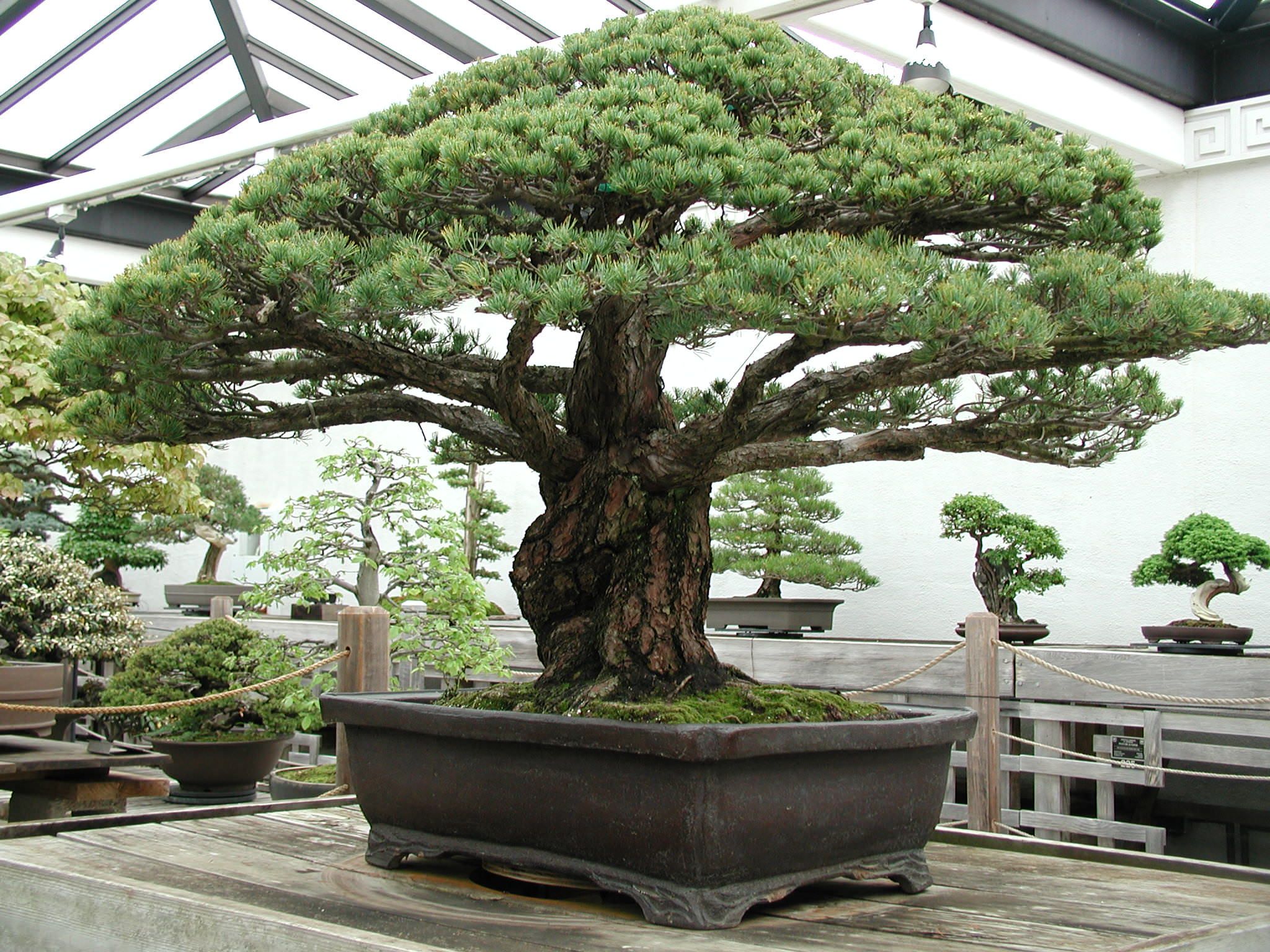I wanted to plant some bushes in my lawn that have the look of bonsai trees. Im looking for the type of bush that has the really gnarly looking trunk and branches. I’m wondering if any of you know what kind of bush would look best for this. I have 2 Japanese maple trees now so Im looking for more of a juniper type of bush. I like the evergreen for winter color.
As a bonsai enthusiast, you’ve probably admired the tiny, intricately styled trees and wondered if there are full-size trees in nature that mimic these diminutive man-made creations. The good news is there are indeed many trees out there that look like bonsai! Let’s explore some of these natural marvels.
What Makes a Tree Look Like a Bonsai?
There are several key features that can make a full-size tree seem bonsai-esque:
-
Miniaturized appearance – Smaller or stunted trees give the impression of a miniature.
-
Ramification – Highly branched and twiggy growth looks like it was purposefully shaped
-
Exposed roots – Visible surface roots suggest age and deliberate styling.
-
Twisted shapes – Contorted trunks or branches appear hand-crafted.
-
Leaf size – Trees with smaller leaves fit the scale of bonsai design
When you find trees that exhibit some or all of these traits, they evoke that artistic bonsai style even at full size.
Where to Find Bonsai-Like Trees in Nature
Certain environments and conditions naturally produce trees with a bonsai look:
-
Coastal regions – Salt spray and wind can stunt trees into compact twisted forms.
-
High elevations – Harsh conditions at altitude miniaturize mountain trees.
-
Bogs – Wet, acidic soil keeps trees small and scraggly.
-
Deserts – Sparse water breeds creatively growing desert bushes and trees.
-
Exposed areas – Wind, cold, ice etc. can contort trees into miniature sculptures.
-
Old trees – With time, some trees develop ramification and exposed roots.
Specific species like conifers and maples also tend to exhibit qualities like delicate branching that reads “bonsai” to our eyes.
Examples of Tree Species That Can Resemble Bonsai
While any tree can take on a bonsai look given the right conditions, here are some species that frequently display a miniature style:
-
Pine – Various pine species naturally stay small or twist into irregular shapes.
-
Spruce – The branching of spruce is picture perfect for bonsai design.
-
Cypress – Cypress adapts to wind and salt by growing compactly.
-
Juniper – Junipers in harsh climates can mimic bonsai.
-
Maple – Maples are prized in bonsai for delicate leaves and branching.
-
Elm – Dwarf elm species are ace bonsai candidates.
-
Hawthorn – Tiny leaves and gnarled shapes give it a bonsai air.
-
Beech – When old or stressed, beeches ramify into slim bonsai forms.
-
Oak – Oaks flattened by weather can resemble bonsai specimens.
-
Olive – The olive’s shrubby nature lends itself to looking like bonsai.
Notable Examples of Trees That Look Like Bonsai
To give you an idea of what to keep an eye out for, here are some specific examples of trees that have a bonsai appearance in nature:
-
Bristlecone Pines – Some of the world’s oldest trees, these stunted pines grown in harsh alpine conditions have wonderfully twisted trunks and branches.
-
Wind-Swept Cypress – Cypress trees shaped by ocean winds and salt spray, like along the California coast, can form compact miniaturized forms.
-
High-Altitude Dwarf Maple – Extreme conditions stunt maple trees at high elevations in places like Montana into very bonsai-esque shapes.
-
Exposed Root Spruce – Growing on cliffsides exposes the roots of spruce trees, which coupled with the feathery foliage looks just like a crafted bonsai.
-
Creeping Juniper – You’ll often see these ground-hugging junipers along coasts and mountains in gnarled, weather-beaten shapes perfect for bonsai design.
-
Ancient Olive Trees – Centuries-old olive trees, like those on the Greek island of Crete, have magnificently twisted old trunks and branches.
The Allure of Finding Bonsai in Nature
Part of the appeal of bonsai is appreciating the effort and artistry used to miniaturize and shape each tree. So when we find examples of full-grown trees that have essentially sculpted themselves into bonsai-like forms, it captures the imagination. Keep your eyes peeled on your hikes, walks, and travels for trees that make you do a double-take – they are nature’s own bonsai!
The Biology Behind Bonsai Trees
- The Ultimate Guide to Growing Strawberries in Raised Beds - August 8, 2025
- No-Dig Garden Beds: The Easiest Way to Grow a Beautiful Garden - August 6, 2025
- How to Protect and Preserve Wood for Raised Garden Beds - August 6, 2025

